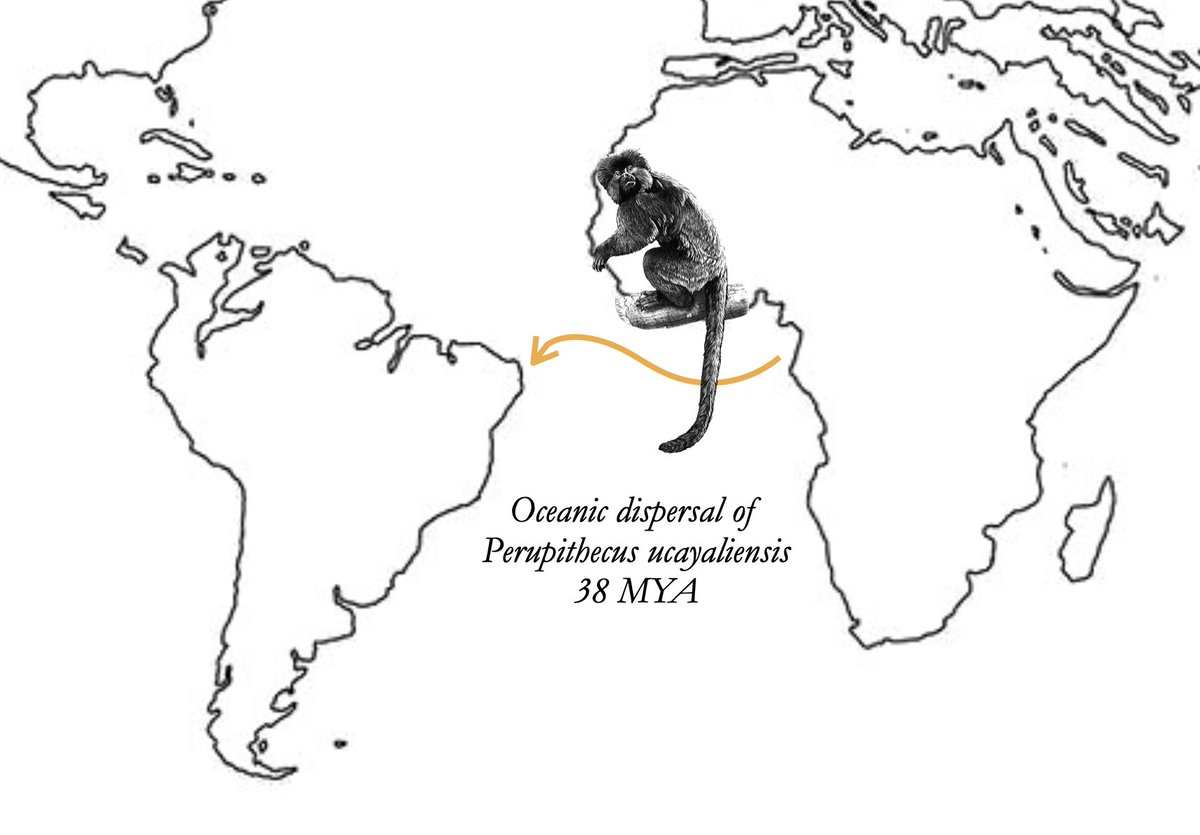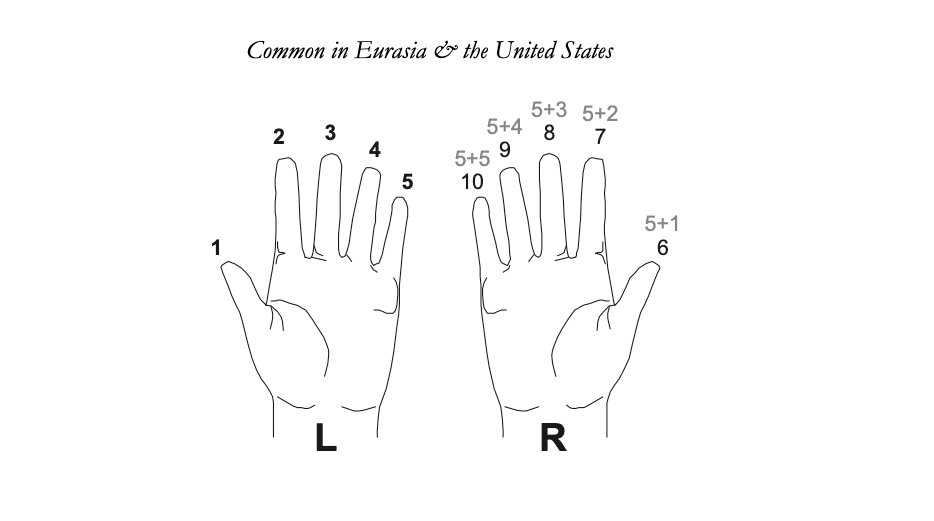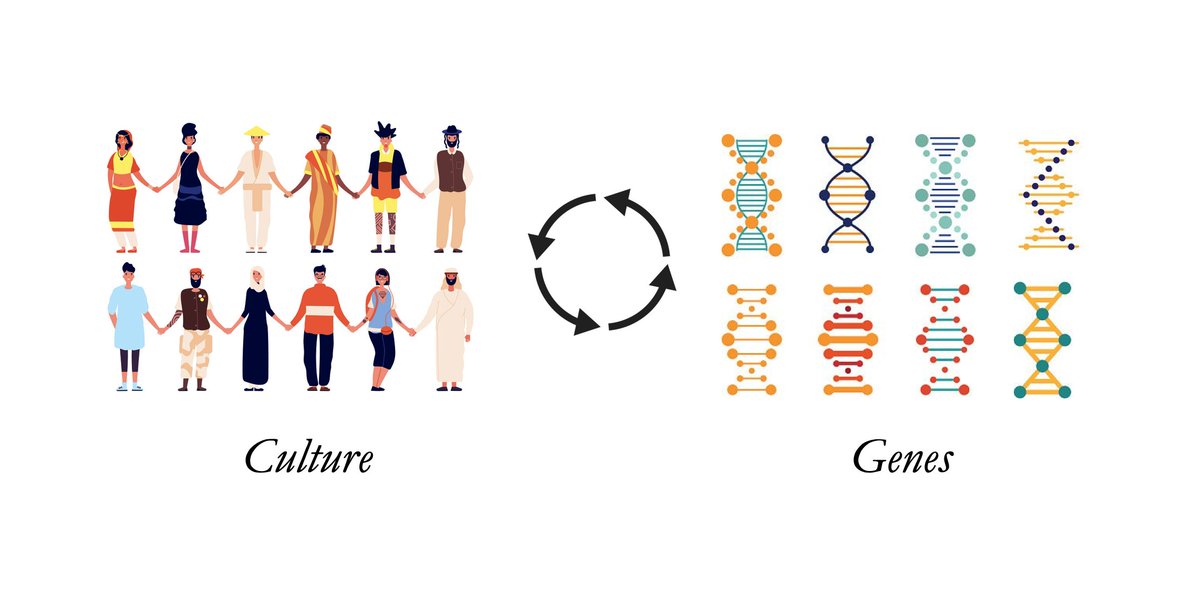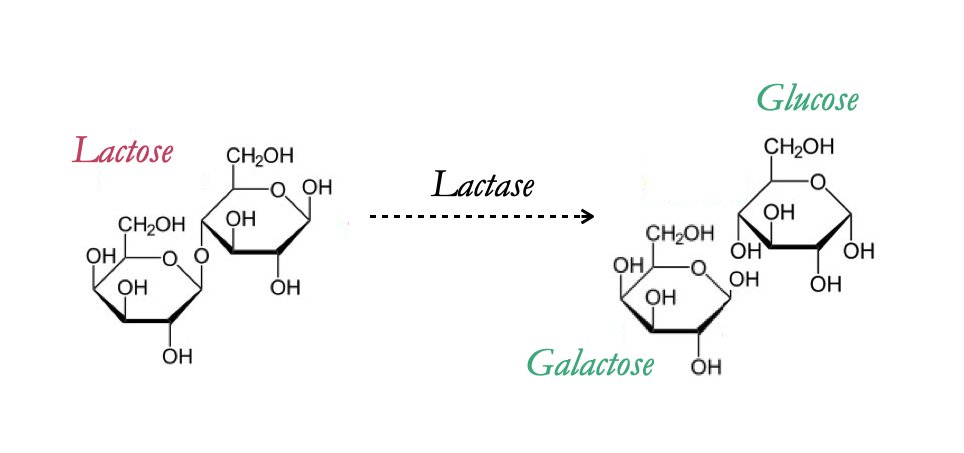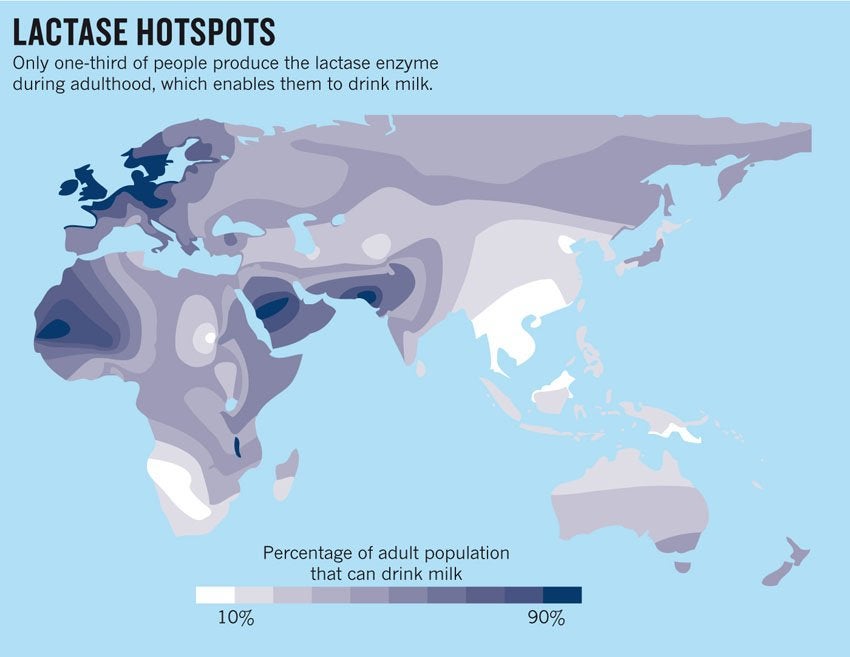
When imagining the past, people tend to forget that a huge portion of the population was made up of children — playing, learning, getting into mischief, & sometimes even making art. Here are a few lovely & lively examples of children's art from the historical record 🧵 1/
First up are these (newly discovered!) tiny handprints, found in Tibet & dated to around 200,000 years ago. They seem to be intentionally made by at least two kids — probably between 7-12 years old — who found a layer of soft travertine & decided to leave their marks 🤚 2/ 

In the 1st century AD, a Roman child used a stylus to carve this little stick figure into a wall in Pompeii. More than half of children's graffiti in Pompeii can be found in public, suggesting kids had active lives outside of home & lots of access to public spaces. 3/ 

From around 1200 AD, we have these stunning birch manuscripts from a little boy named Onfim who lived in Novgorod (present day Russia). In addition to homework exercises — like practicing the Cyrillic alphabet — Onfim also drew illustrations of knights, horses, & battles. 4/ 

Also from the Middle Ages, we have these snippets of a Jewish child's writing exercises, from the Cairo Geniza collection. In addition to practicing the Hebrew alphabet, we can also see a little doodle of what appears to be a camel, and perhaps a tiny little menorah. 5/ 

A close examination of Charles Darwin's original draft of Origin of Species reveals that manuscript paper was often recycled in the Darwin home as scratch paper for drawing. Darwin's children's doodles can be found all along the margins & backsides of the manuscript. 6/ 

Of course, children also experienced major events in the world — such as World War I — alongside adults, and often incorporated these events into their drawings. Here's a French child's drawing from 1907, showing American troops marching victoriously into Paris. 7/ 

Overall, hopefully a reminder that despite often being overlooked, children have always been a part of our communities, and have sometimes found ways to leave their marks on history. 8/8
• • •
Missing some Tweet in this thread? You can try to
force a refresh


